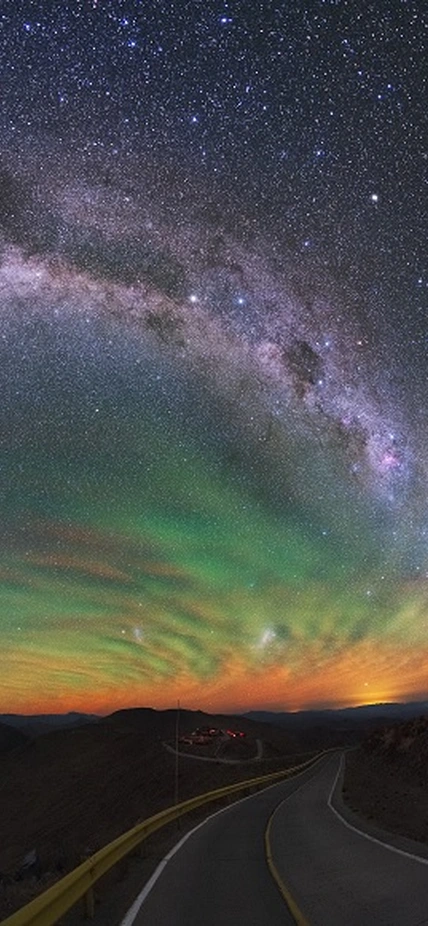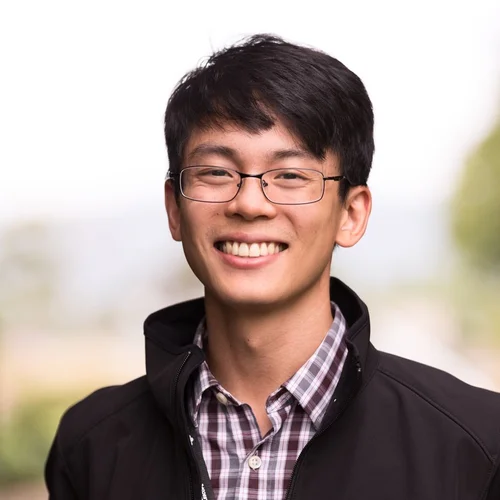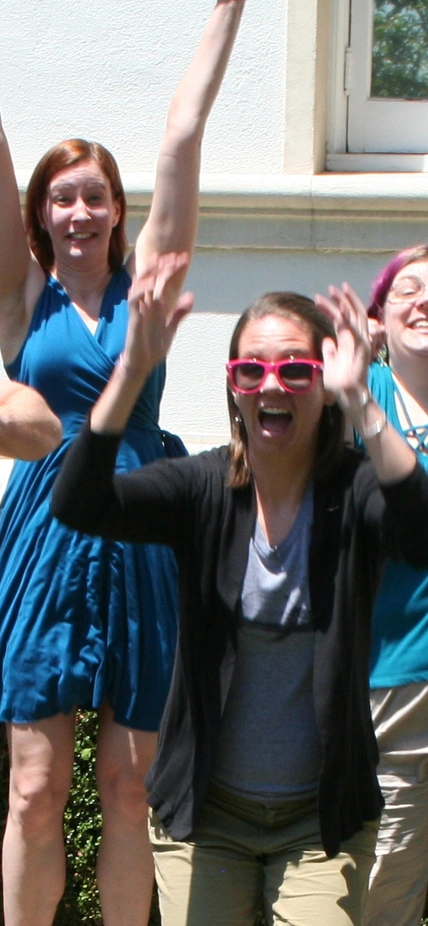A Window to the Universe
The history of 20th century astronomy is inextricably linked to the Carnegie Observatories. From the revelation of the universe’s expansion to the discovery of dark energy, Carnegie Observatories scientists have transformed humankind’s understanding of the cosmos.
The groundbreaking work continues today at our world-famous Las Campanas Observatory in Chile, home to the twin Magellan telescopes, and site of the future Giant Magellan Telescope. Carnegie scientists are still at the vanguard of research on galaxy formation and evolution, the chemical evolution of stars and planets, stellar variability, supernovae, and more.
Carnegie astronomers are also playing a forefront role in developing the next generation Giant Magellan Telescope, currently under construction at our Last Campanas Observatory in Chile, as well as designing and building state-of-the-instruments that will enhance the capabilities of our entire suite of telescopes.
Our on-site machine shop means that Carnegie observers and theorists can work closely with engineers and machinists to advance the pace of discovery and drive breakthroughs at every scale of astronomy and astrophysics.
Carnegie astronomers are also playing a forefront role in developing the next generation Giant Magellan Telescope, currently under construction at our Last Campanas Observatory in Chile, as well as designing and building state-of-the-instruments that will enhance the capabilities of our entire suite of telescopes.
Our on-site machine shop means that Carnegie observers and theorists can work closely with engineers and machinists to advance the pace of discovery and drive breakthroughs at every scale of astronomy and astrophysics.
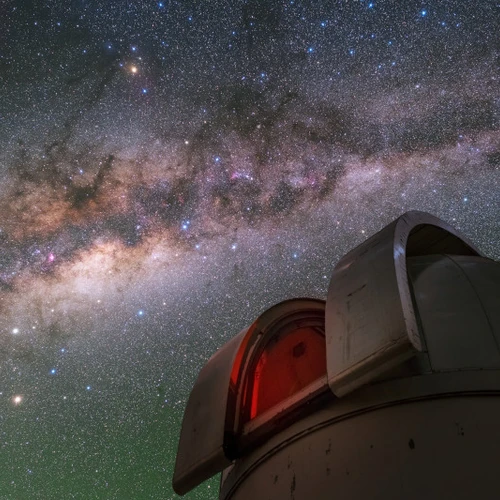
Our Telescopes
Carnegie's Las Campanas Observatory is located at a superb site high in the southern reaches of Chile’s Atacama Desert,. It is home to our du Pont, Swope, and twin Magellan telescopes. The next-generation Giant Magellan Telescope is also under construction at the facility.
Learn More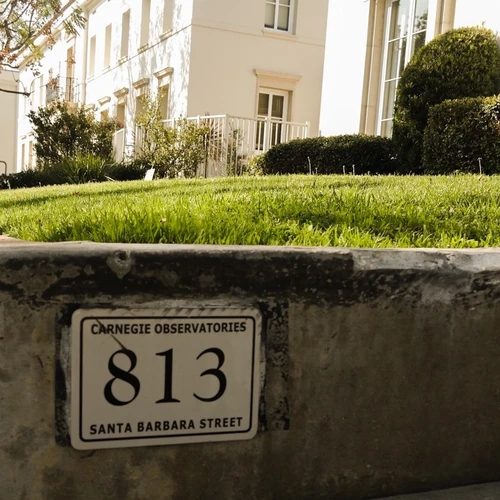
Our Campus
Our scientists are empowered to pursue long-term projects whose pace is dictated by the pace of discovery itself. It is this exceptional culture that has enabled the relatively small staff to make such disproportionately large contributions to astronomy.
Learn More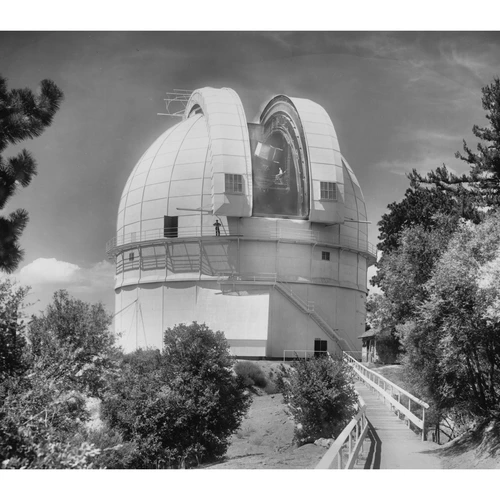
Our History
Our founder George Ellery Hale was determined to push beyond the descriptive astronomy of earlier generations to understand the internal physics of the Sun and the stars. The Mount Wilson telescopes that he built transformed astronomy and astrophysics.
Learn More
